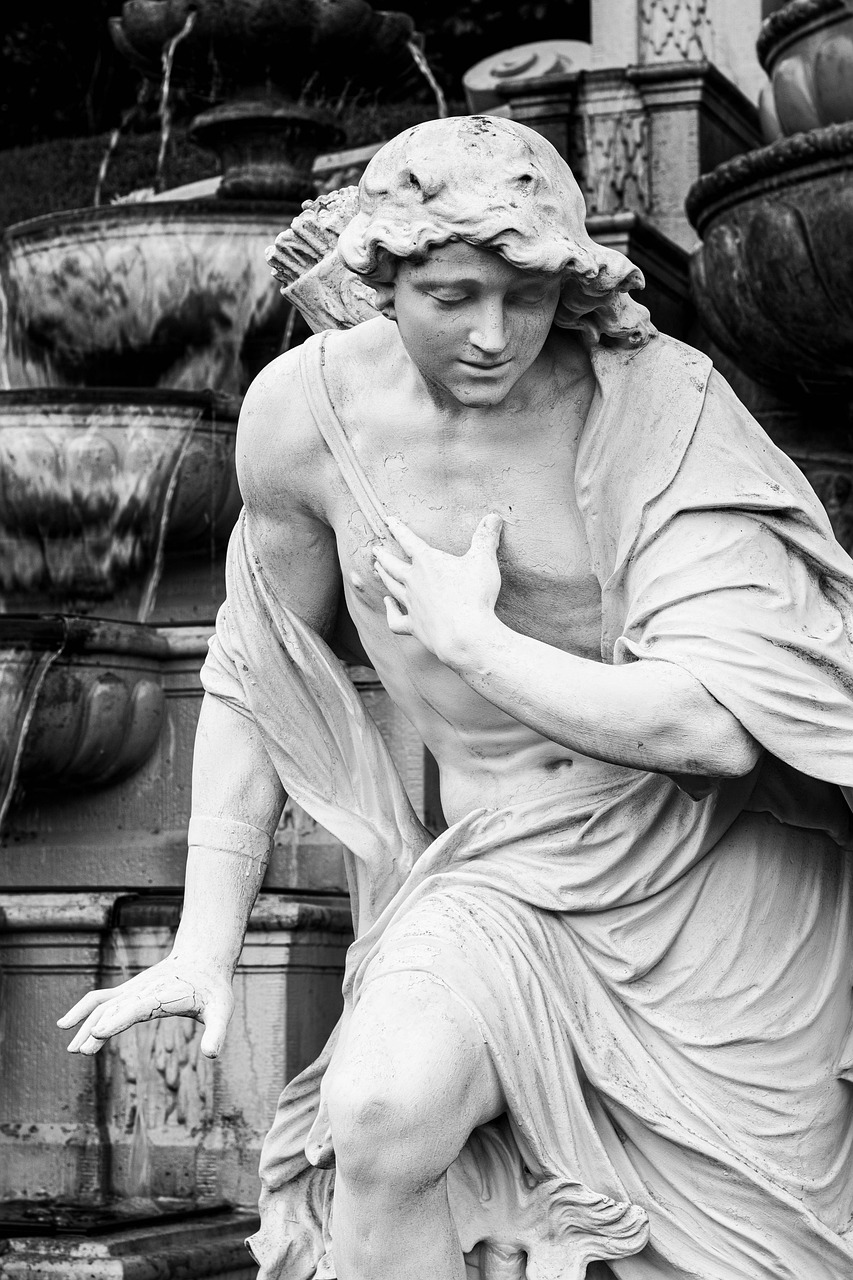Demeter, a prominent figure in Greek mythology, is recognized as the daughter of Cronus and Rhea. She is distinctly known as the sister and partner of Zeus, the supreme deity, and stands as the goddess of agriculture. Her very name signifies her maternal role. Though she is rarely mentioned in Homer’s works and not typically counted among the Olympian gods, it is likely that her mythological roots run deep into ancient traditions.
The core of Demeter’s narrative revolves around her daughter, Persephone, who is abducted by Hades, the lord of the underworld. In her desperate bid to find Persephone, Demeter shares her secret rituals with the people of Eleusis, a community that welcomed her during her grief—this event marks the origins of the Eleusinian Mysteries. Demeter’s sorrow over her daughter’s absence not only led to her neglect of the harvest but resulted in a devastating famine.
Beyond her relationship with Zeus, Demeter also bore a son named Plutus (representing Wealth) with her Cretan lover, Iasion, symbolizing the bounty of the earth. Typically depicted as a goddess of grain, she is sometimes referred to by the name Ioulo, stemming from the Greek word for “grain sheaf”, suggesting that her worship emerged from agrarian traditions focused on grain.
Demeter’s influence transcends mere grain; it extends to all forms of vegetation and the produce of the earth, except for beans, which were attributed to the hero Cyamites. This wider association connects her to Gaea (the Earth), with whom she shares several epithets and sometimes is identified as the Great Mother of the Gods, akin to Cybele and Rhea.
Another significant facet of Demeter is her function as a deity of the underworld, where she was venerated particularly in regions like Sparta and during the festival of Chthonia in Hermione, Argolis, marked by a cow sacrifice conducted by four elderly women. The titles Erinys (“Avenger”) and Melaina (“the Black One”) underline the more somber aspects of her nature, especially as evident in Arcadia.
Additionally, Demeter was recognized as a goddess associated with health, childbirth, and marriage, holding various political and ethnic titles. Among these, her role as Amphiktyonis, the patron goddess of the Amphictyonic League, is notably significant, especially concerning the famed temple at Delphi.
Demeter was honored through numerous agrarian festivals, including:
- Haloa – Likely connected to the “threshing floor”, starting in Athens and concluding in Eleusis, this festival occurred in Poseideon (December), featuring a threshing floor named after Triptolemus, her first priest.
- Chloia – Celebrated in early spring at Eleusis to honor Demeter Chloë (“the Green”), this festival marked the sprouting of grain, distinct from the later ram sacrifice in Thargelion, meant as a propitiatory act.
- Proerosia – This festival, held before sowing, included prayers for a bountiful harvest and was likely conducted in September at Eleusis.
-
Thalysia – A thanksgiving festival occurring post-harvest in the autumn on the island of Cos.
-
Thesmophoria – A women-centric festival aimed at enhancing the fertility of grain seeds.
-
Skirophoria – Celebrated in midsummer as a companion festival.
Demeter’s attributes align closely with her identity as the goddess of agriculture, represented by ears of grain and a mystical basket filled with various fruits and flowers. She cherished pigs, and as a chthonian deity, a snake often accompanied her. In artistic representations, Demeter is characterized by her matronly stature—broader and softer in features compared to Hera; she is sometimes depicted riding in a chariot drawn by horses or mythical creatures, or she may be shown sitting in a throne, either alongside her daughter or alone. The Romans linked her with Ceres, further intertwining her influence across cultures.



